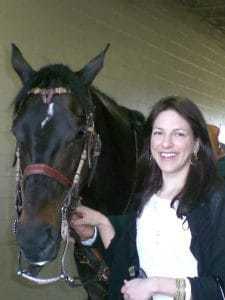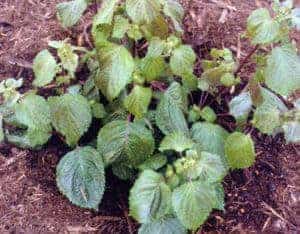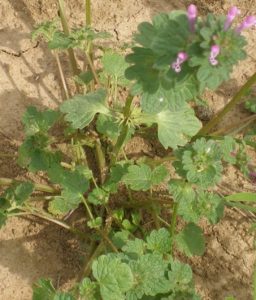UK Seminar Series Kicks Off Jan. 30
On Jan. 30, two speakers will discuss inflammatory airway disease.
On Jan. 30, two speakers will discuss inflammatory airway disease.

De Negri’s research focused on infections in horses caused by S. equi and S. zooepidemicus.
Researchers are observing an increasing trend of positive cases submitted in 2013 as compared to recent years.
Registration for the showcase and breeders’ short course closes Feb. 1.
Research by Drs. Barry Ball and Mats Troedsson was described during the 2013 Kester News Hour.
Horohov and Page will study Lawsonia intracellularis with their $15,000 grant.
The cash receipts were boosted by strong equine, poultry, and cattle markets, according to economists.

Perilla mint is toxic to horses and the greatest risk of consumption is in late summer or early fall.

Gaubatz’ research focused on equine protozoal myeloencphalitis (or EPM).

The events will feature lectures on university programs, equine reproduction, and horse management issues.

Study data showed the benefit of establishing strongyle egg counts to determine the need for treatment.

Planning for winter now can help Kentucky horse owners prevent cold-weather horse care inconveniences later.

Owners are urged to have horses vaccinated properly to reduce the risk of WNV, EEE, and other diseases.

Oxytocin injections allowed the corpus luteum to keep producing progesterone and the mare to stay out of heat.
The UKVDL has developed and implemented a new real-time PCR assay for diagnosing Potomac horse fever.

Henbit and purple deadnettle are winter annual species found throughout the eastern United States. These weeds thrive in both cool-season and warm-season forage grasses.
Stay on top of the most recent Horse Health news with